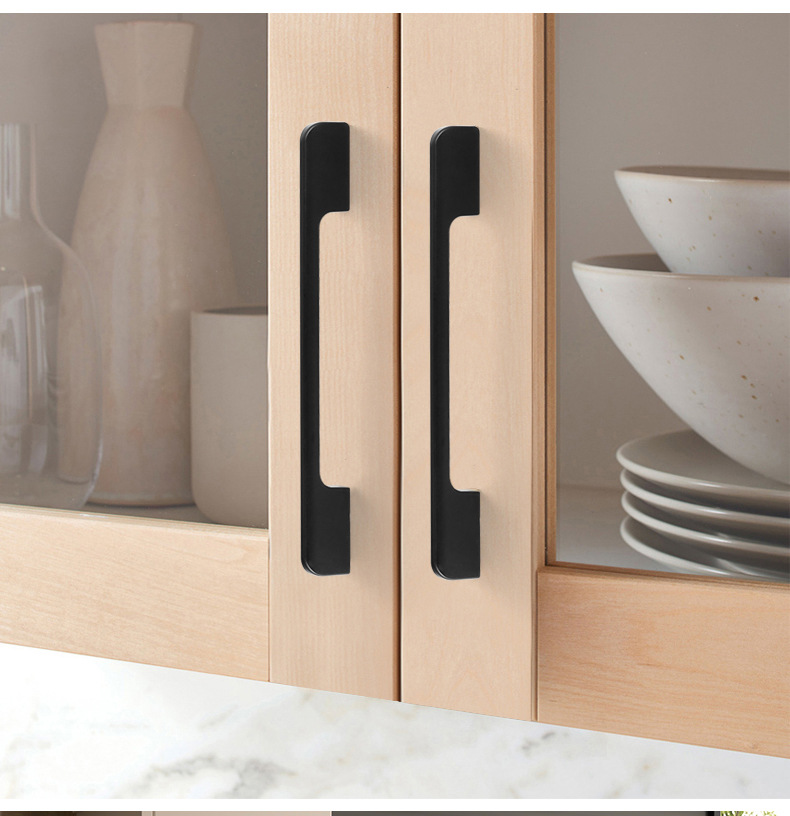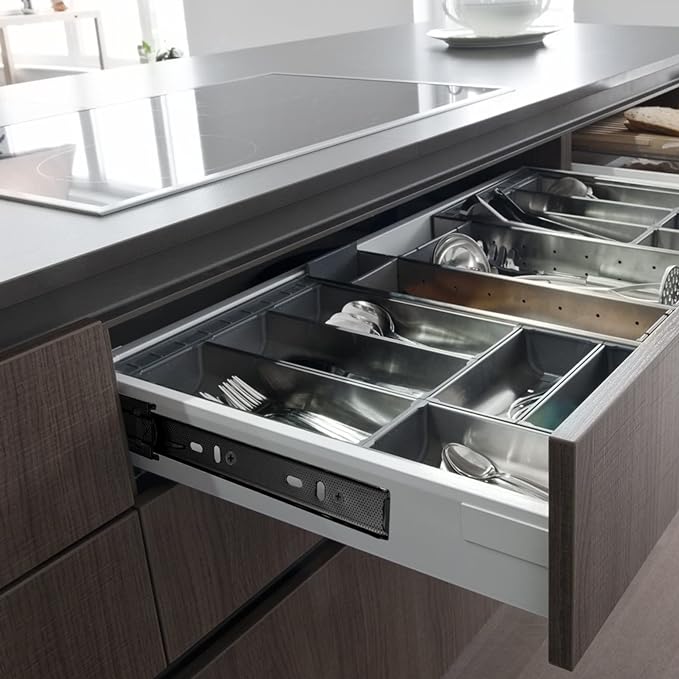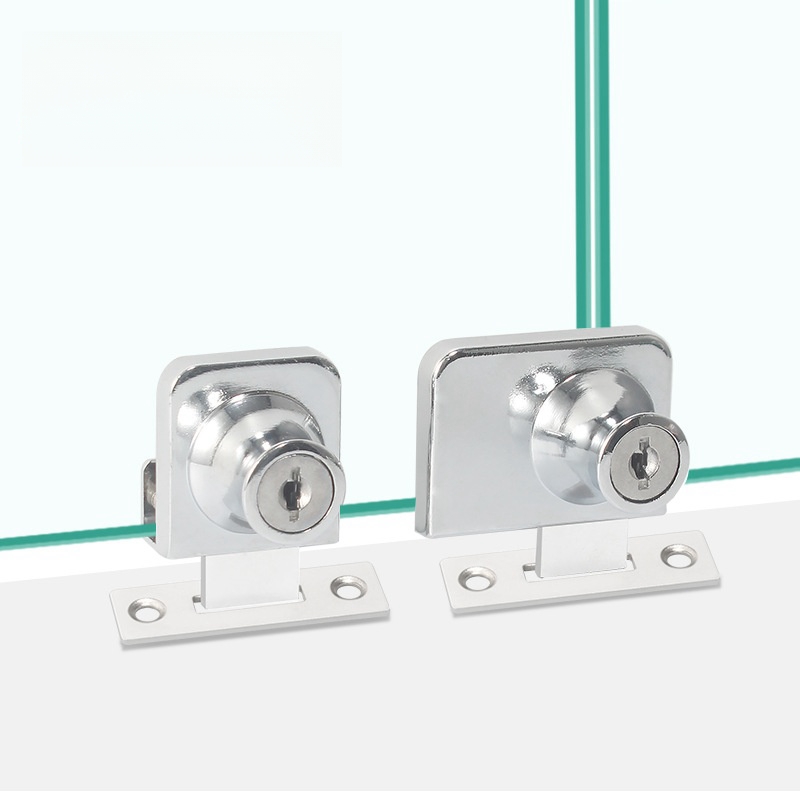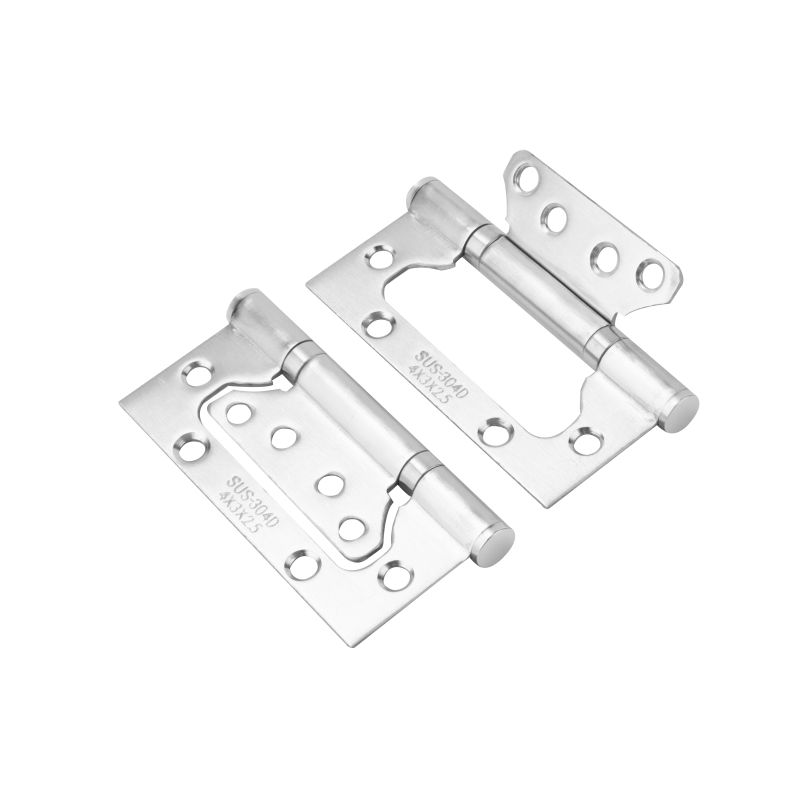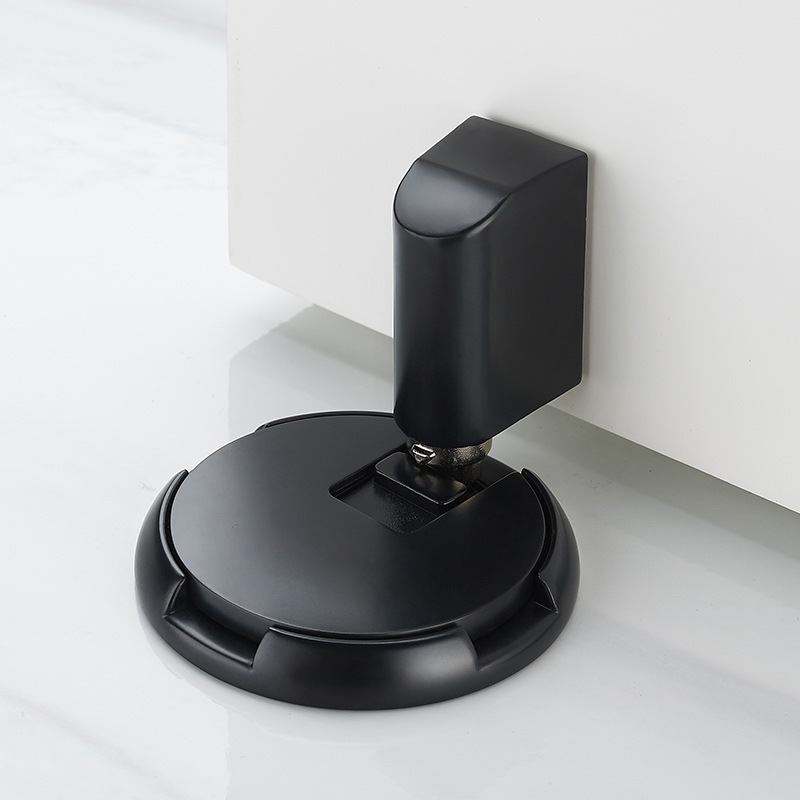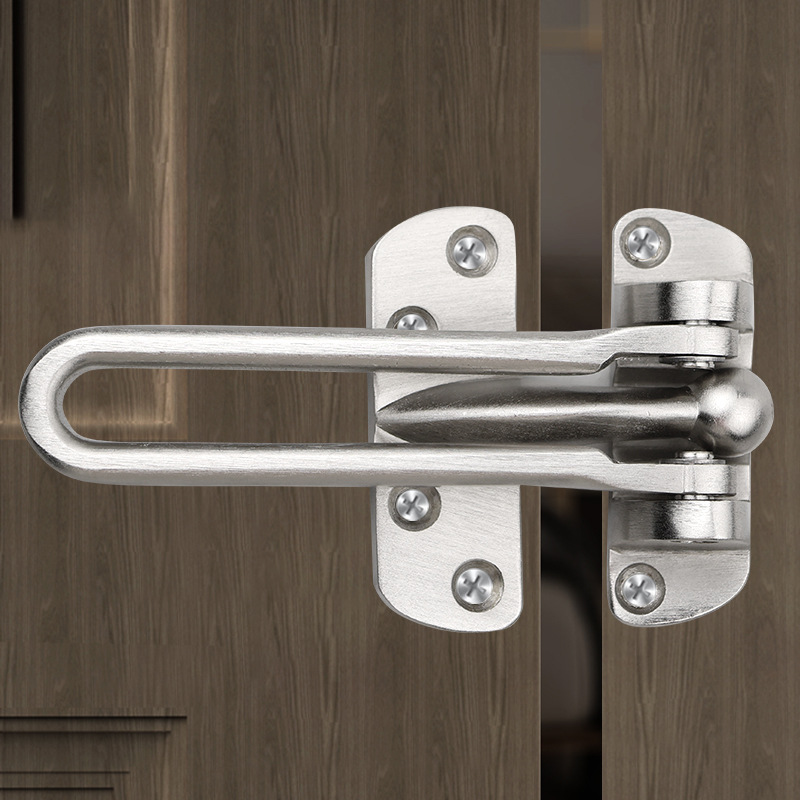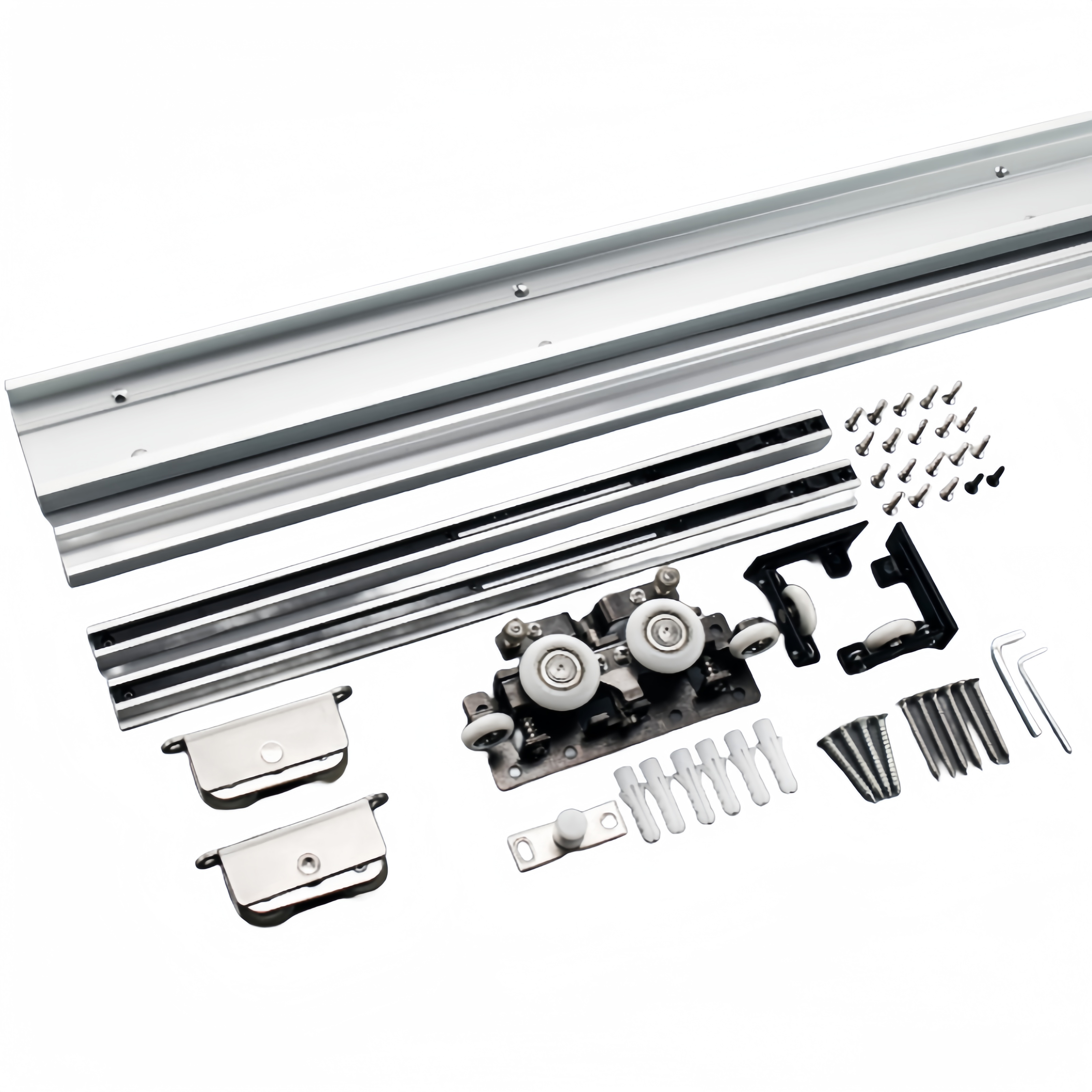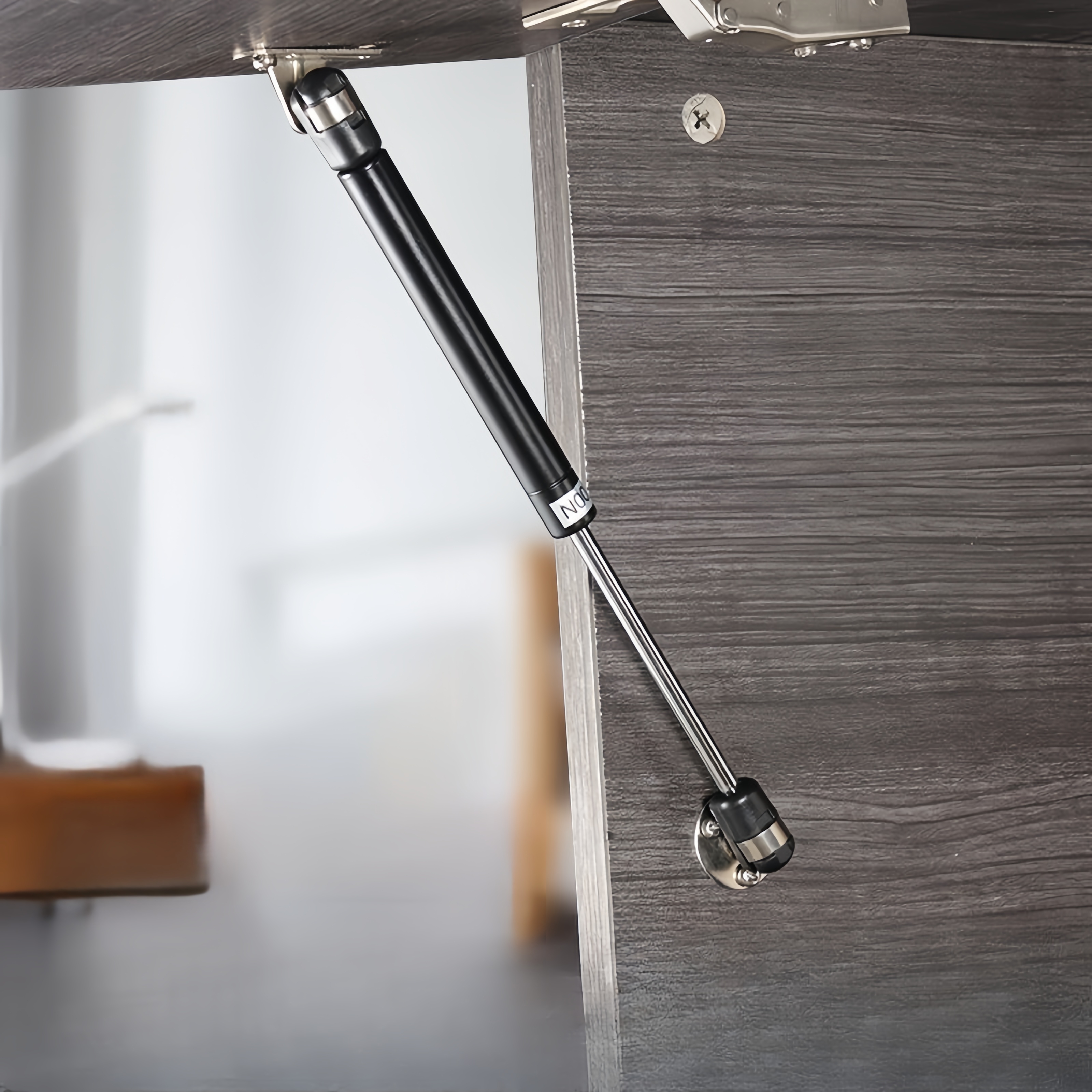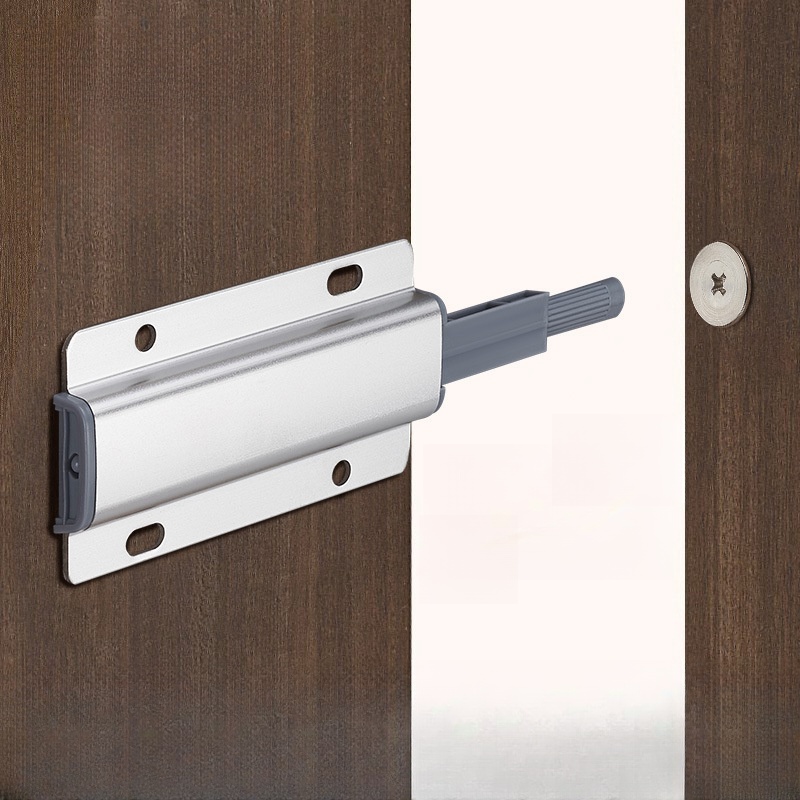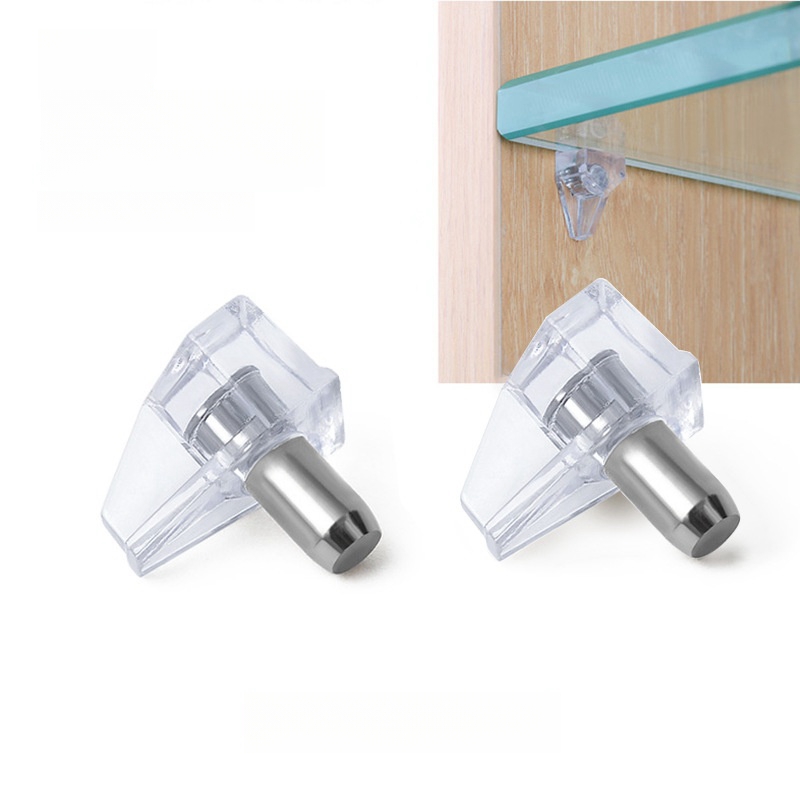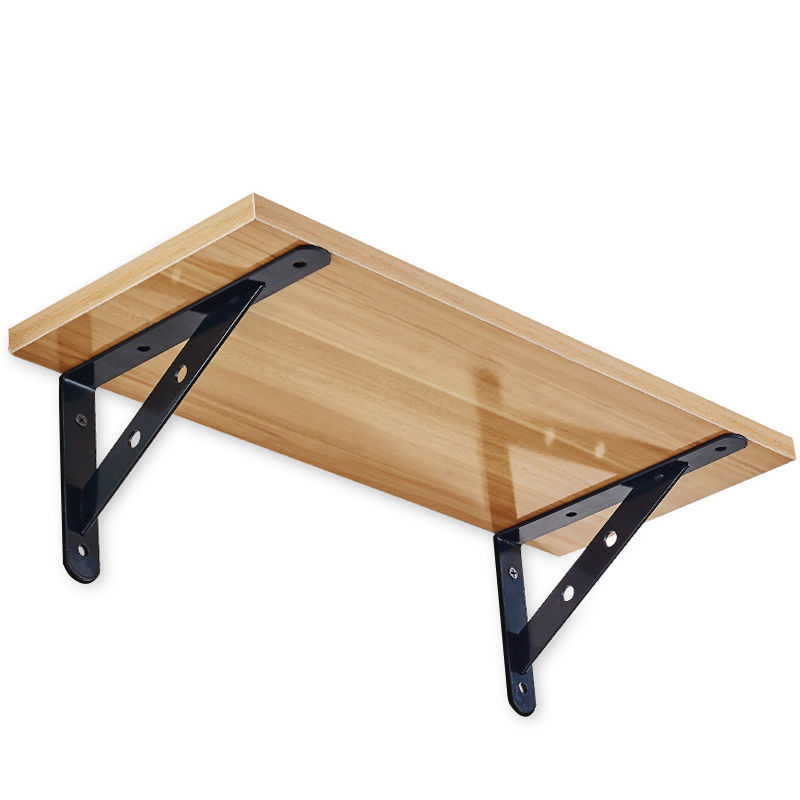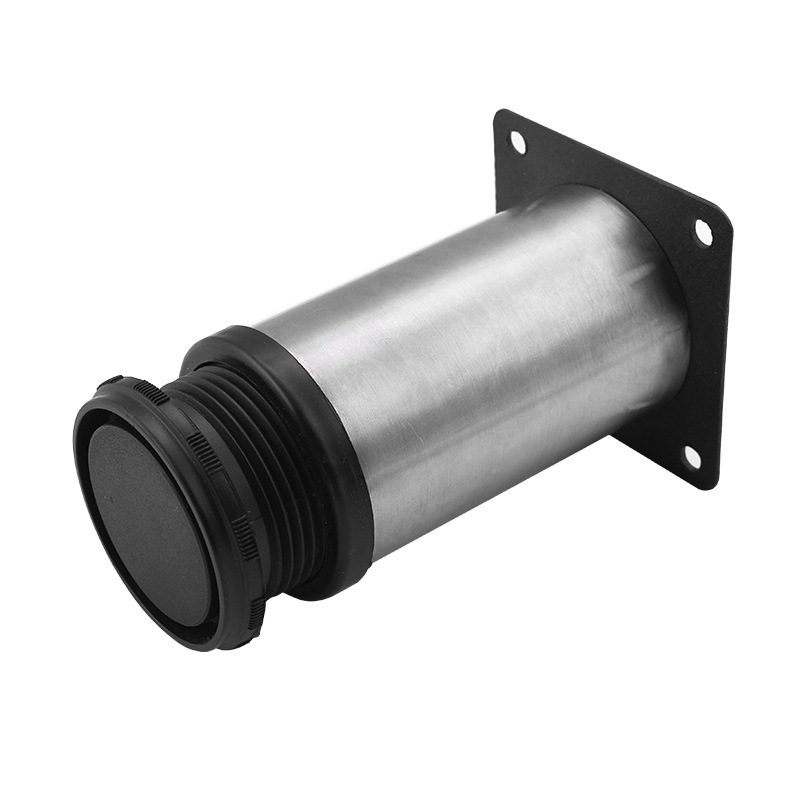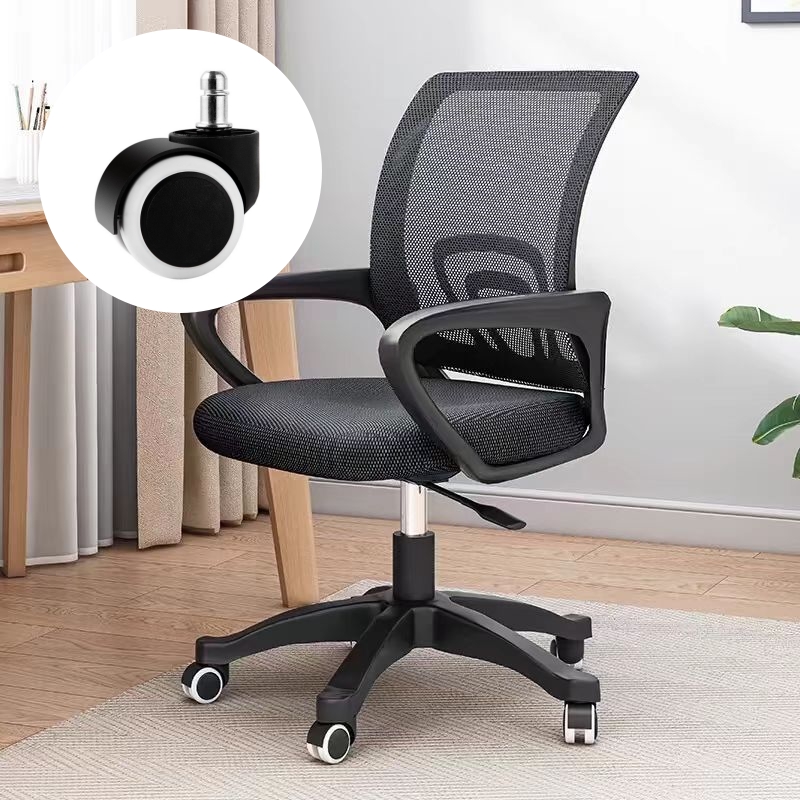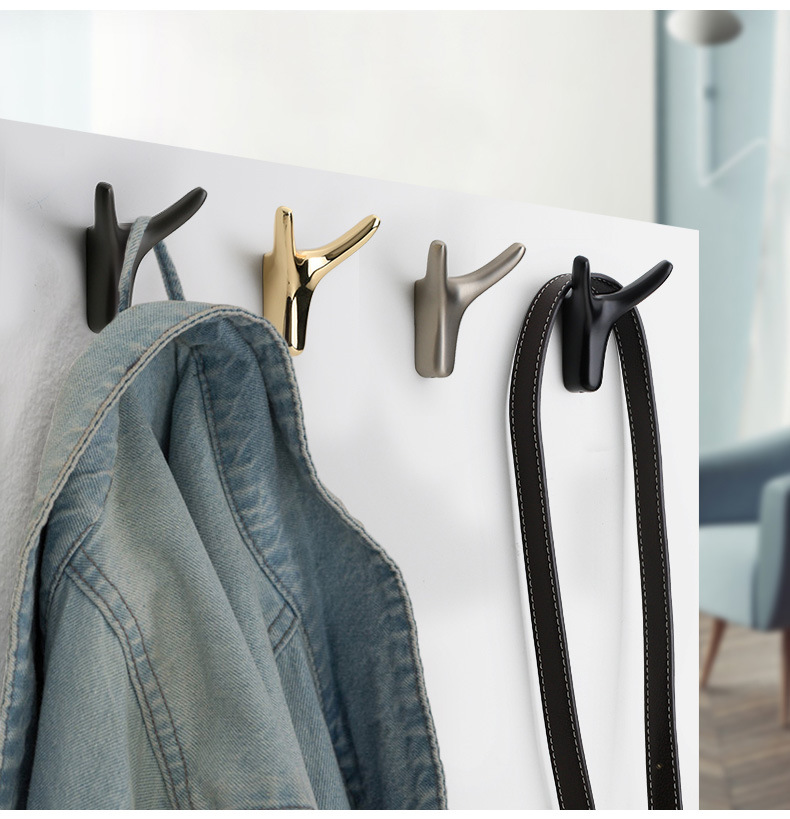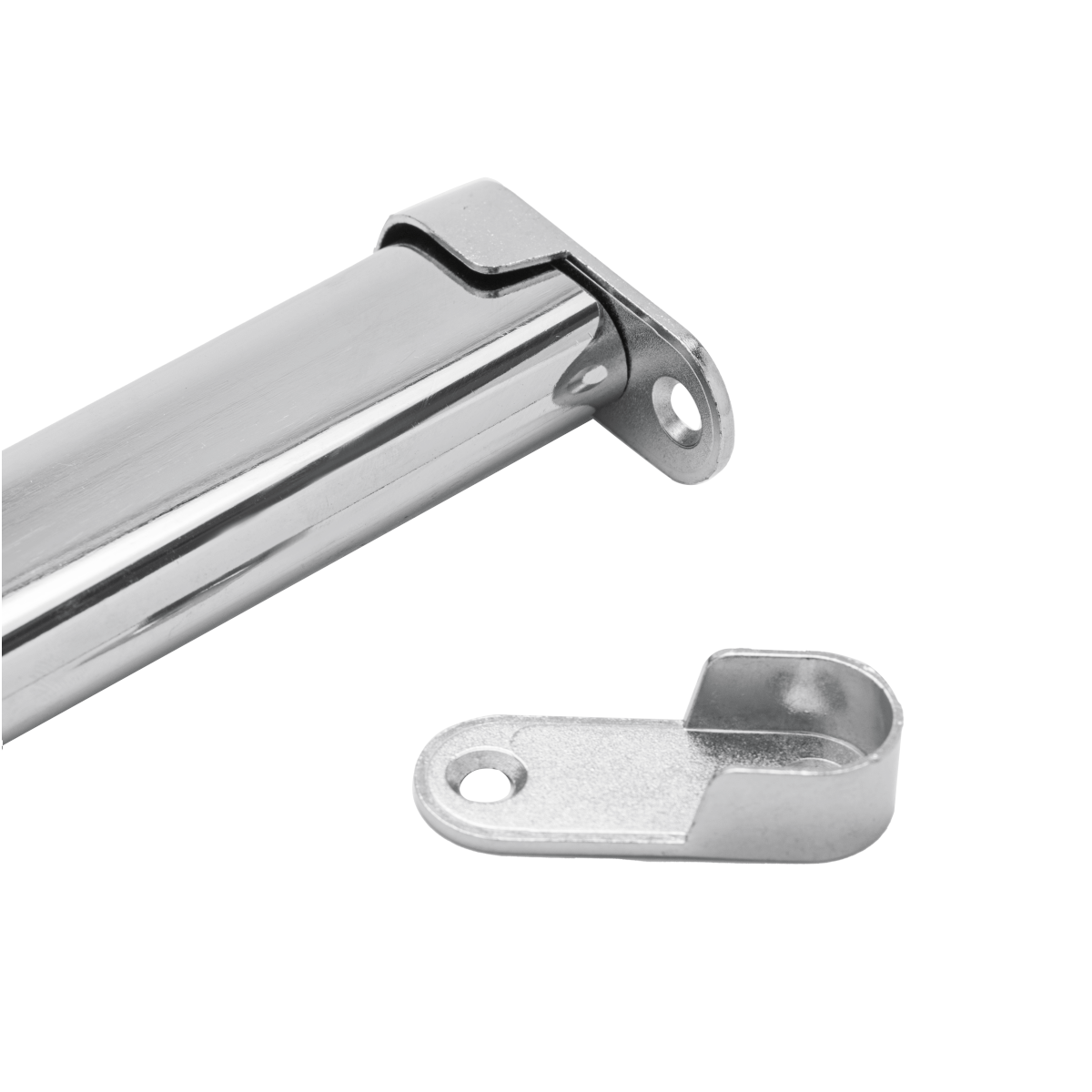
ABOUT
Guangzhou Toplink hardware Co., Ltd specialized in the production and export of furniture hardware fittings, with an experience of more than 14 years.
Our main products are drawer locks, cabinet hinges, sliding rails, cabinet handles, casters, cabinet legs and connecting fittings etc..
With a complete range of products, excellent performance and reasonable prices we have built up business with many customers all over the world.
We are committed to strict quality control and considerate customer service. We sincerely looking forward to becoming your best choice and the most reliable partner!
PRODUCTS
spring loaded bolt latch
Understanding the Basics of a Spring-Loaded Bolt Latch
At its core, a spring-loaded bolt latch is a remarkably simple device. It typically consists of a bolt, a spring, and a housing or casing. The bolt itself is a rigid component, often made of metal, that extends or retracts to engage or disengage with a corresponding receiving component – a strike plate or receiver – on the opposite side of the closure mechanism. The spring provides the force necessary to keep the bolt in its engaged position (latching the door, lid, etc.), providing that secure hold. The housing protects the internal components from damage and provides a mounting point for the entire assembly. This seemingly simplistic design allows for a wide range of applications and modifications, enhancing its versatility.
Variations in design exist, naturally. Some latches utilize a compression spring, pushing the bolt outward to engage with the strike plate. Others might use a tension spring, pulling the bolt inward for disengagement when the latch is released. The choice of spring type and its stiffness is crucial; it dictates the latching force, how easily the latch can be opened, and the overall reliability of the mechanism. A properly designed spring ensures a secure latch without requiring excessive force to open or close.
Materials and Manufacturing Techniques
The materials used in the construction of a spring-loaded bolt latch significantly impact its performance and lifespan. Common materials for the bolt include steel, stainless steel, and various plastics depending on the application's requirements. Steel offers strength and durability, while stainless steel provides corrosion resistance. Plastics, particularly in low-stress applications, offer cost-effectiveness and lightweight properties. The spring itself is typically made of spring steel, a specialized alloy designed to withstand repeated compression or tension without losing its elasticity. This ensures consistent latching performance over many cycles of use.
Manufacturing techniques vary depending on the complexity and volume of production. Simple latches may be produced using stamping and forming processes, which are efficient and cost-effective for high-volume manufacturing. More complex designs may require machining or injection molding, offering greater design flexibility and precision. The choice of manufacturing process directly influences the cost, precision, and overall quality of the finished latch.
Applications of Spring-Loaded Bolt Latches
The versatility of spring-loaded bolt latches is evident in their widespread applications across numerous industries. In everyday life, we encounter them in countless forms: mailbox latches, cabinet door latches, tool box closures, and even some types of door locks. These applications often require simple, reliable mechanisms that are easy to operate and provide sufficient security for their intended purpose.
Beyond consumer applications, spring-loaded bolt latches play a crucial role in industrial settings. They are integral components in various types of machinery, equipment enclosures, and safety systems. In these contexts, the latch's robustness, reliability, and ability to withstand harsh environments are paramount. For example, industrial enclosures often require latches capable of withstanding significant vibrations, temperature fluctuations, and potential impacts. The design and materials used in these industrial latches are tailored to meet these demanding requirements, ensuring the safety and integrity of the equipment they secure.
Advantages and Disadvantages
Spring-loaded bolt latches offer several advantages. Their simplicity translates to low cost and ease of manufacturing. They are reliable, requiring minimal maintenance and providing consistent performance over a long lifespan. Their relatively compact design makes them suitable for a wide range of applications and integration into existing systems. The ease of operation is another key benefit, making them user-friendly across diverse user groups.
However, some limitations exist. The holding force of the latch is limited by the strength of the spring. In applications requiring high levels of security, a spring-loaded bolt latch may not be sufficient on its own and might require supplementary locking mechanisms. Additionally, environmental factors like corrosion, extreme temperatures, or impacts can potentially affect the latch's performance over time, necessitating material selection carefully suited to the intended application.
Future Trends and Innovations
Ongoing developments in materials science and manufacturing technologies continue to refine spring-loaded bolt latch designs. The use of advanced materials, such as high-strength polymers and specialized alloys, is leading to the development of lighter, more durable, and more corrosion-resistant latches. Innovations in manufacturing techniques, including additive manufacturing (3D printing), offer greater design flexibility and the potential for customized latch solutions tailored to specific applications.
Furthermore, the integration of smart technologies is emerging as a key trend. The incorporation of sensors and electronic controls could lead to the development of self-monitoring latches that provide feedback on their operational status and potentially even integrate with remote monitoring systems. This opens up new possibilities for enhanced security and improved maintenance management, extending the utility and lifespan of these seemingly simple yet vital mechanical devices.
SUBSCRIBE
INQUIRY
